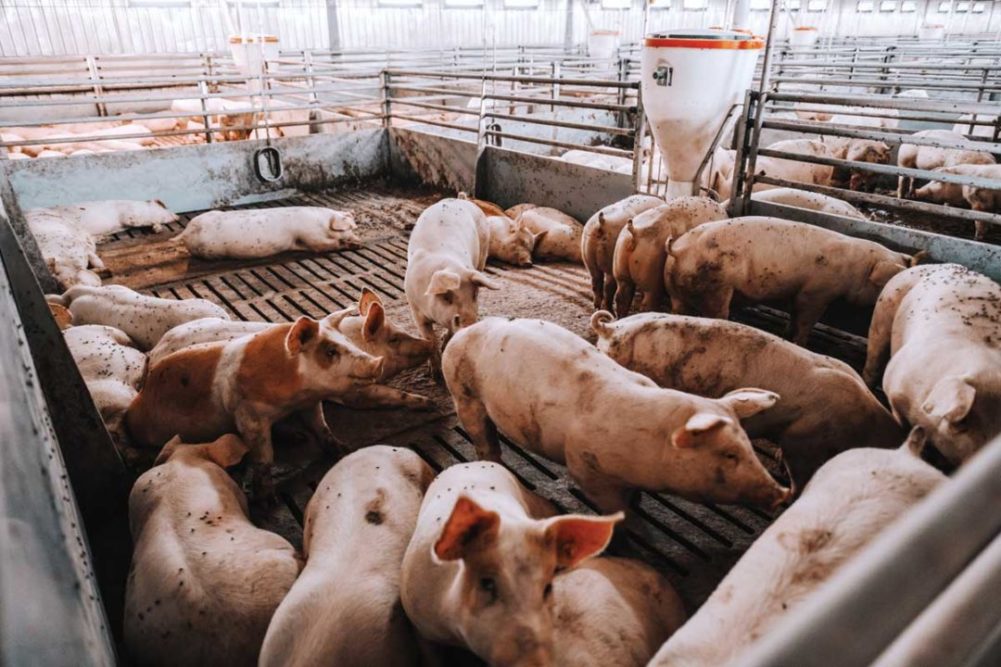WASHINGTON – Twenty-five climate and environmental justice organizations petitioned the US Environmental Protection Agency (EPA) to regulate emissions from industrial dairy and hog operations and to reject gases collected at concentrated animal feeding operations (CAFOs) and used biogas.
The groups are targeting industrial dairy and hog operations that liquefy manure and confine at least 500 cows or 1,000 hogs without access to pasture.
The petition asks EPA to include dairy and hog operations on a list of categories of sources that cause or contribute significantly to air pollution as established under section 111 of the Clean Air Act. After the decision is made to list dairy and hog operations as a “source category” of harmful methane emissions, the CAA requires EPA to implement standards of performance to reduce the harmful emissions from within the listed industrial diary and hog source categories and develop guidelines for states to do the same.
“These operations stock far more animals in confinement than would otherwise be sustainably farmed on pasture, and thus generate massive amounts of manure and waste,” the petition said. “To deal with the massive increase in manure, the corporate-controlled pork and dairy industry concocted a system of liquefying the manure and storing it in football field-sized impoundments before disposing the manure on nearby crop fields. These intentionally created super-emitters release methane from the liquefied manure in those giant lagoons and the animals’ digestive systems.
“The methane from these diary and hog operations has increased dramatically during recent decades and now accounts for 33% of agricultural methane emissions, 13 percent of total US methane emissions, and 1.3% of total US greenhouse gas emissions,” the petition claims. Animal waste lagoons also emit “ammonia, carbon dioxide, hydrogen sulfide, volatile organic compounds and other harmful pollutants and odors,” according to the petition.
The petitioners advocated for the use of pasture-based production systems as “the best system of emission reduction,” and urged EPA to establish national standards for regulating emissions from livestock operations using pasture-based practices.
“...well-managed pasture-based dairy operations have lower enteric emissions because they stock fewer cows than industrial operations,” the petition said. “Hog and dairy producers can thus reduce enteric emissions by (1) reducing the amount of time hogs and dairy cows spend in confinement, and (2) increasing the amount of time animals spend in well-maintained pastures or paddocks grazing and foraging.”
Biogas, the petitioners argued, is not a solution to reducing methane emissions at large dairy and hog farms. Biogas production conflicts with climate change goals because it requires the continued use of fossil fuels and contributes to greenhouse gas emissions, while entrenching the “factory farm” model of agriculture.
“Corporate conglomerates with an ownership interest in the oil and gas industry, and their allied industrial hog and dairy operations, tout so-called biogas as a cleaner and more environmentally friendly source of energy than fossil fuel gas, and the solution to reducing emissions, achieving full electrification, and fighting climate change,” the petition said. “These claims are not only false, but they are deliberately intended to safeguard the role of fossil gas in the transition from dirty fossil fuels (e.g., oil, coal and natural gas) to clean zero-emission sources of energy (e.g., solar and wind).”


